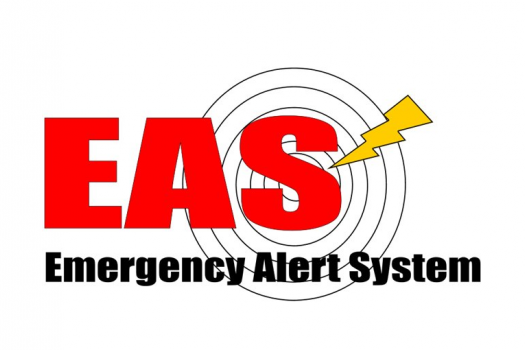EAS Rule Changes Take Effect
SECCs now must meet and submit state plans annually

New rules concerning state EAS plans that were reported by TV Tech sister brand Radio World a year ago are now officially in effect.
Last June, the FCC released an order implementing provisions of the National Defense Authorization Act for 2021. It adopted rules to improve both the Emergency Alert system and Wireless Emergency Alerts.
But aspects of those changes had to be approved by the Office of Management and Budget.
The Federal Communications Commission’s Public Safety and Homeland Security Bureau now has issued an update.
Compliance with the following rules is required as of today, June 6, 2022:
- The section of FCC rules requiring commission approval or rejection of state EAS plans in 60 days;
- The section requiring annual submission of state EAS plans;
- The section requiring annual certification by State Emergency Communications Committees that the SECC met at least once in the prior year to review and update the state EAS plan before filing;
- The section facilitating EAS false alert reporting by government entities;
- And the section facilitating WEA false alert reporting by government entities.
Meanwhile, the rule requiring Commercial Mobile Service providers to update handset displays consistent with the name change from Presidential Alerts to National Alerts takes effect at the end of July.
The FCC said questions should be directed to Chris Fedeli of the Public Safety and Homeland Security Bureau’s Policy and Licensing Division at christopher.fedeli@fcc.gov.
The professional video industry's #1 source for news, trends and product and tech information. Sign up below.
This article originally appeared on Radio World.
